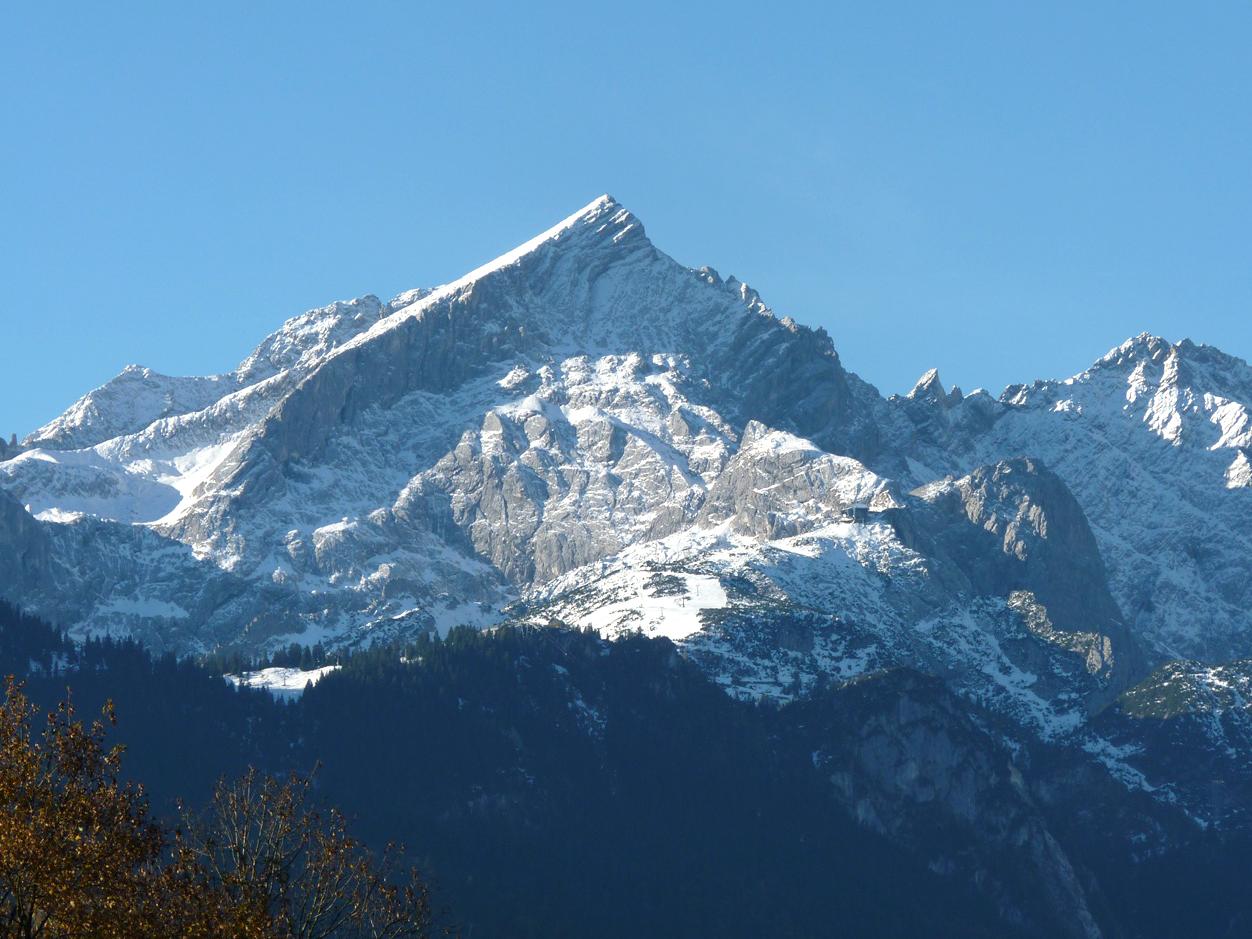English Français
Limits to growth? Contributions of spatial planning and protected areas to the sustainable development of Alpine tourism
Dans le cadre du séminaire « Penser (avec et par) le tourisme ».

Jeudi 5 mai 2022 - 15h00 à 17h00
Géopolis 3799 and online via Zoom
The Alps are not only one of the most densely populated and developed mountain areas worldwide but also the mountain range with the highest tourism intensity in terms of guest arrivals, overnight stays and infrastructure development. Thus, it comes with no surprise that the Alps were an early focal point of tourism critique which continues into our days regarding the overtourism discourse. One important point of contention was/is the seemingly endless development pressure of tourism interests towards Alpine areas still free of large-scale infrastructure. These open spaces generate considerable ecosystem services for both people living in the Alps and their forelands. But how can tourism development be limited given its economic relevance and the public good characteristics of undeveloped open spaces?
This contribution provides an overview of existing spatial planning approaches to limit and steer tourism development, and thus reduce settlement/infrastructure development and further land take in the Alps. Furthermore, it exemplifies to what extent protected areas were able to resist to development projects focusing on tourism development projects in alpine and high-alpine altitudes. The planning case studies will concentrate on the Bavarian ‘Alpenplan’ (Germany) and the Tyrolean ‘Ruhegebiete’ (Austria) but also mention known approaches from the other Alpine countries and regions, while the protected area case studies feature the Alpine national parks, especially Hohe Tauern (Austria) and Vanoise (France). Finally, the strengths and weaknesses of spatial planning approaches and protected areas to restrict and steer tourism development will be compared and critically discussed while avenues for future research are pointed out.
Inscription obligatoire pour recevoir le lien zoom : https://framaforms.org/inscription-au-seminaire-penser-avec-et-par-le-tourisme-1650612947
Institut de géographie et durabilité